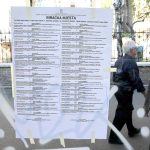Croatia may be a small country, Croatian inventions and discoveries have shaped the world over the ages. From Nikola Tesla to Mate Rimac and much more.
The current tourist board slogan of Croatia, Full of Life is a fine setting for the topic of Croatian inventions and discoveries. For the truth is that, while one of Europe’s hottest tourist destinations may be full of life, have you ever stopped to consider how much your life is full of Croatia?
- The one and only Nikola Tesla
- A modern-day electric genius: Mate Rimac
- Forensic fingerprinting: Ivan Vucetic
- Slavoljub Penkala: from the pen to the hot water bottle
- Croatian style in Paris: the cravat
- SMS parking: made in Zagreb
- Croatian inventions from the air: Faust Vrancic and the parachute
- When music meets nature: Nikola Basic and the Zadar sea organ
- Saving lives and protecting health: Quarantine and the Dubrovnik Republic
- Miroslav Radman and the SOS response
- Of torpedoes and water cannon
- Josip Belusic and the electric speedometer
- The Boskovic atomic theory
- Darko Pervan and laminate flooring
- Diazepam and other tranquillisers from Leo Sternbach
- Freedom! Abolition of slavery in Dubrovnik and Korcula
The one and only Nikola Tesla
Let’s deal first with the elephant in the room. Was Nikola Tesla a Serb or a Croat? Along with everything else in this proud region, different countries claim their bragging rights.
The truth is that Tesla was an ethnic Serb born in the village of Smiljan, which is located in modern Croatia near Gospic. He seemed to be equally proud of his dual heritage, but more concerned with his life’s work, which was considerable.
With around 300 patents for his many inventions, Tesla is perhaps best know for inventing the first alternating current (AC) motor and developed AC generation and transmission technology.
Learn more about the genius that was Nikola Tesla.
A modern-day electric genius: Mate Rimac
He may be just 30, but Mate Rimac is already one of the greats in the world of Croatian inventions. In a country where there is no car industry whatsoever, Rimac Automobili has taken the global car industry by storm, attracting multi-million dollar investment from the likes of Porsche in the process.
Producers of the fastest electric supercar in the world, initially Concept One, but now Concept Two, the core business of Rimac Automobili is in supplying battery and other technology to other automotive businesses.
With plans also to open a factory in China, the sky is the limit for the young entrepreneur, and you can learn more about Rimac and his plans in this 2018 excellent article in the Financial Times. Fast forward a couple of years, and here is Rimac on the BBC homepage.
Forensic fingerprinting: Ivan Vucetic
Croatia is an extremely safe country, and this is one of the many things which attracts millions of tourists each year.
The country has a strong tradition of safety, for it was a man from Hvar who discovered the importance of fingerprinting in fighting crime.
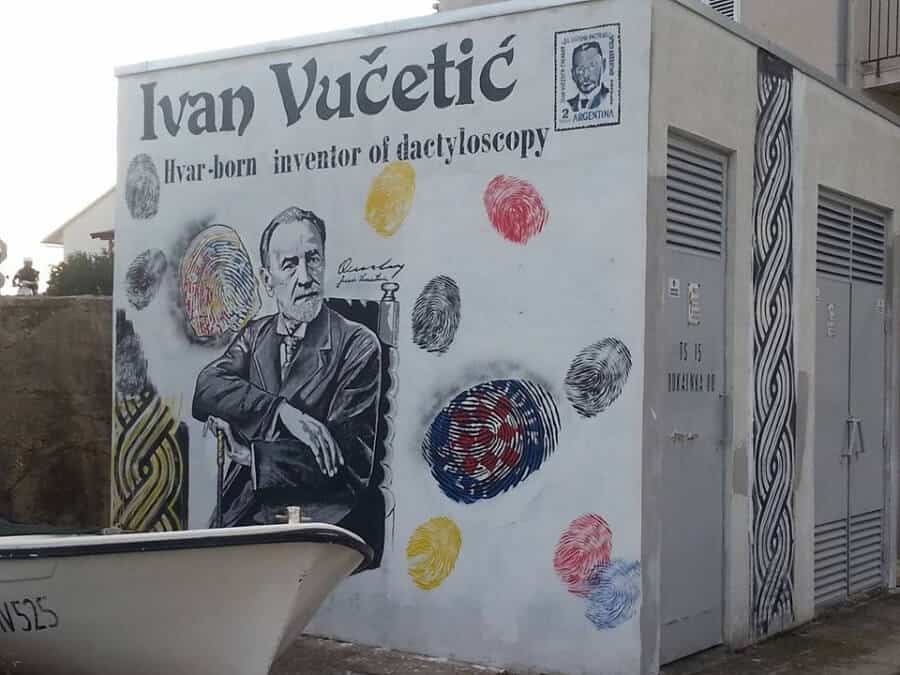
Ivan Vuctetic emigrated to Argentina at the end of the 19th century, where he became a police officer called Juan Vucetic. A bloody handprint in a murder case propelled Vucetic to global prominence, and people know him today as the grandfather of dactyloscopy. Learn more about Ivan Vucetic and the art of fingerprinting.
Slavoljub Penkala: from the pen to the hot water bottle
Born in Hungary, Eduard Penkala in 1871, Eduard Penkala moved to Zagreb in the kingdom of Croatia-Slavonia at the turn of the century. He decided to become a naturalised Croat out of loyalty to him new homeland. He also took the name Slavoljub (slavophile).
Penkala was prolific, and among the Croatian inventions he gave the world, he is most famous for the first mechanical pencil in 1906, as well as the first solid-ink fountain pen in 1907. He was a partner in the Penkala-Moster Company, which was one of the biggest pen and pencil factories in the world.
Penkala’s genius extended far beyond pens. He built the first Croatian aircraft in 1910, which was the first to take off from Zagreb’s first-ever airport. Among the 80 patents he held, other inventions included the hot water bottle.
Croatian style in Paris: the cravat

Croatians are very stylish, and their fashion puts this poorly-dressed Englishman to shame. It comes as no surprise, therefore, to learn that Croatia has made an elegant sartorial contribution to the world – the cravat.
From ‘The Art of Tying the Cravat’ by H. B. LeBlanc in 1828:
“In 1660 a regiment of Croats arrived in France — a part of their singular costume excited the greatest admiration, and was immediately and generally imitated.
This was a tour de cou, made (for the private soldiers) of common lace, and of muslin or silk for the officers.
The ends were arranged en rosette , or ornamented with a button or tuft, which hung gracefully on the breast. This new arrangement, which confined the throat but very slightly, was at first termed a Croat, since corrupted to Cravat.
The Cravats of the officers and people of rank were extremely fine, and the ends were embroidered or trimmed with broad lace.
Those for the lower classes were subsequently made of cloth or cotton, or at the best of black taffeta, plaited: which was tied round the neck by two small strings.”
International Cravat Day takes place in Croatia on October 18. Schoolchildren wear ties to school, and many people make an effort to celebrate this part of Croatian heritage. Some even tie a cravat around the sixth largest Roman Amphitheatre in Europe, the Pula Arena. Back in 2003, the biggest cravat in the world came to Istria, as you can see in the video below.
SMS parking: made in Zagreb
I remember looking for parking in Zagreb soon after I moved to Croatia. It was more than impressive to find a new mobile phone service on offer – paying for parking by SMS. Zagreb really was catching up with the rest of Europe, I remember thinking to myself.
A couple of months later, I was on business in London and, surprisingly, the British capital did not have the same parking technology on offer. It was only several years later that I realised that not only was Zagreb the first city in the world to offer SMS-parking services, but the technology was in fact Croatian. SMS parking technology is now popular in many countries around the world. Just one more contribution from Croatia to the world.
Croatian inventions from the air: Faust Vrancic and the parachute
Perhaps not quite as prolific as Nikola Tesla who followed him, but Faust Vrancic made a superb contribution to the world during his life in Sibenik in the 16th and 17th centuries.

He is credited with, among other things, the invention of the first functional parachute, the suspension bridge, and the wind turbine. Vrancic’s life and work is available to explore at the Faust Vrancic Memorial Centre on the island of Prvic close to Sibenik.
When music meets nature: Nikola Basic and the Zadar sea organ
Croatia is a natural paradise with a long tradition in music. So what happens when you combine the two with a little architectural flair from one of Croatia’s most renowned architects?
The sea organ (Croatian: Morske orgulje) is an architectural sound art object located in Zadar. It is an experimental musical instrument, which plays music by way of sea waves and tubes. The tubes are located underneath a set of large marble steps.
Architect Nikola Basic designed the sea organ, which has become a firm tourism hit. Learn more about it and see it in action in the video below.
Saving lives and protecting health: Quarantine and the Dubrovnik Republic
Dubrovnik may be the real-life Kings Landing for Game of Thrones fans today, but the Pearl of the Adriatic has quite some history of its own (you can learn a lot of it from TCN’s 25 things to know about Dubrovnik). But did you know that Dubrovnik was the first place in the world to introduce the concept of quarantine?
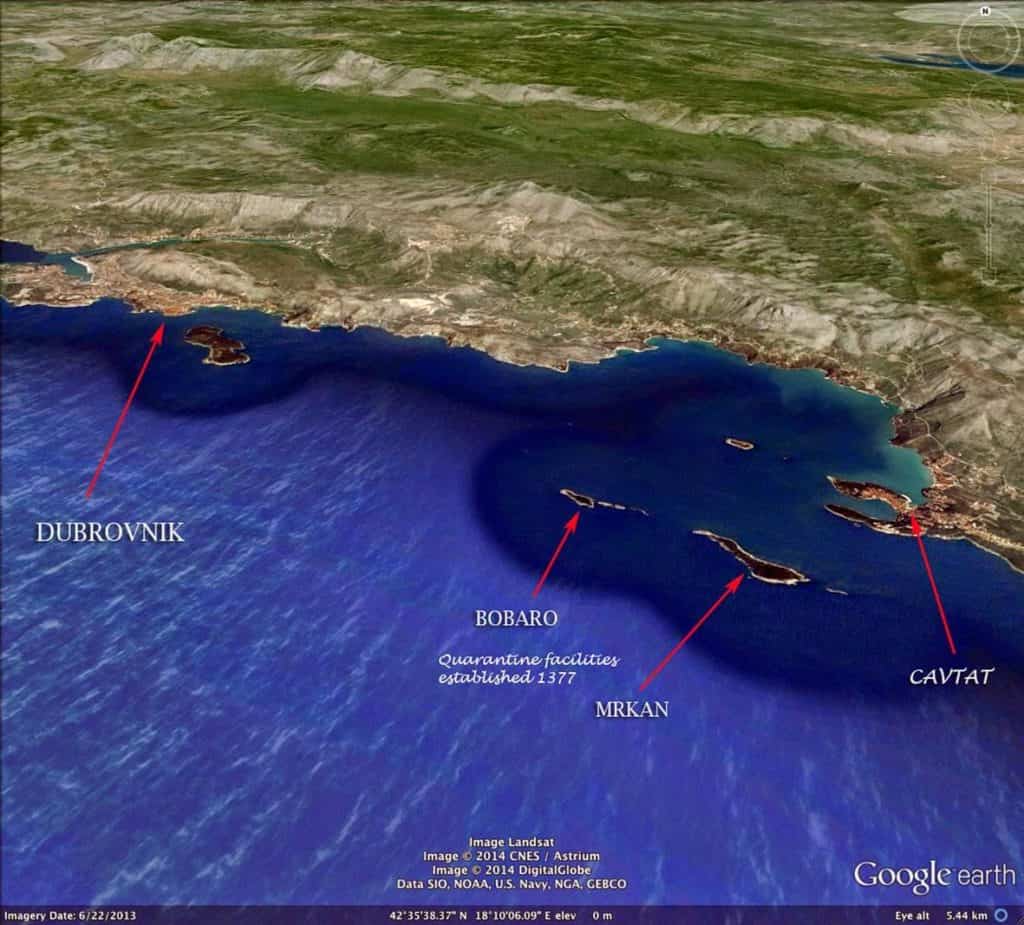
Miroslav Radman and the SOS response
From SMS parking to SOS response. Back in 1975, Croat Miroslav Radman discovered and named SOS response, which Wikipedia perhaps explains better than I can:
The SOS response is a global response to DNA damage in which the cell cycle is arrested and DNA repair and mutagenesis is induced. The system involves the RecA protein (Rad51 in eukaryotes). The RecA protein, stimulated by single-stranded DNA, is involved in the inactivation of the repressor (LexA) of SOS response genes thereby inducing the response. It is an error-prone repair system that contributes significantly to DNA changes observed in a wide range of species.
Of torpedoes and water cannon
Croatian inventions have played a prominent part in military operations as well. The home of the torpedo, for example, is in Rijeka.
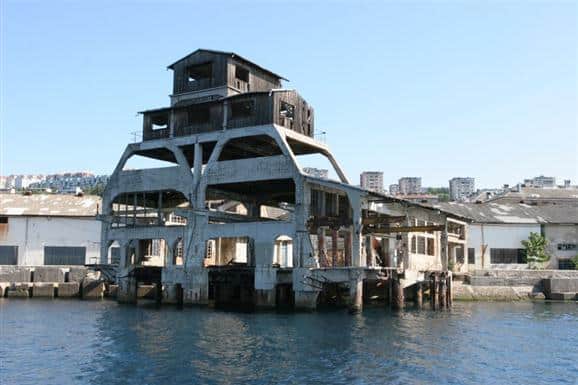
Giovanni Luppis came upon the unfinished plans of an unknown Austrian Marine Artillery officer for a small self-propelled boat loaded with explosives that could be deployed against enemy ships and steered from land. Luppis developed a prototype but was unsatisfied, but approached British engineer Robert Whitehead with the idea in Rijeka.
Whitehead developed the concept into a successful self-steered explosive device which would strike below the waterline. Though the device was heavily modified from Luppis’ concept and became known as the Whitehead torpedo, Whitehead credited Luppis as its inventor.
Croatia also played a major role in the arrival of the water cannon. After the Second World War, Croat John Miskovich was working in Alaska as a gold miner. His Intelligiant water cannon invention put his mining days behind him forever.
Miskovich’s technology in today’s world is in water cannon technology in the fields of mining and fire-fighting.
Josip Belusic and the electric speedometer
Perhaps it was fate that Mate Rimac invented the world’s fastest electric supercar. For it was a compatriot some 130 years ago who invented the world’s first electric speedometer.
Josip Belusic from Labin in Istria designed and patented his electric speedometer in 1888, and he called it a velocimeter. His design beat 120 other patent entrants as the most accurate and complete at the Exposition Universell in Paris in 1890, thereby becoming officially accepted.
The Boskovic atomic theory
The Dubrovnik Republic produced many inspriational characters over the centuries. None more so that Rudjer Boskovic in the 18th century.
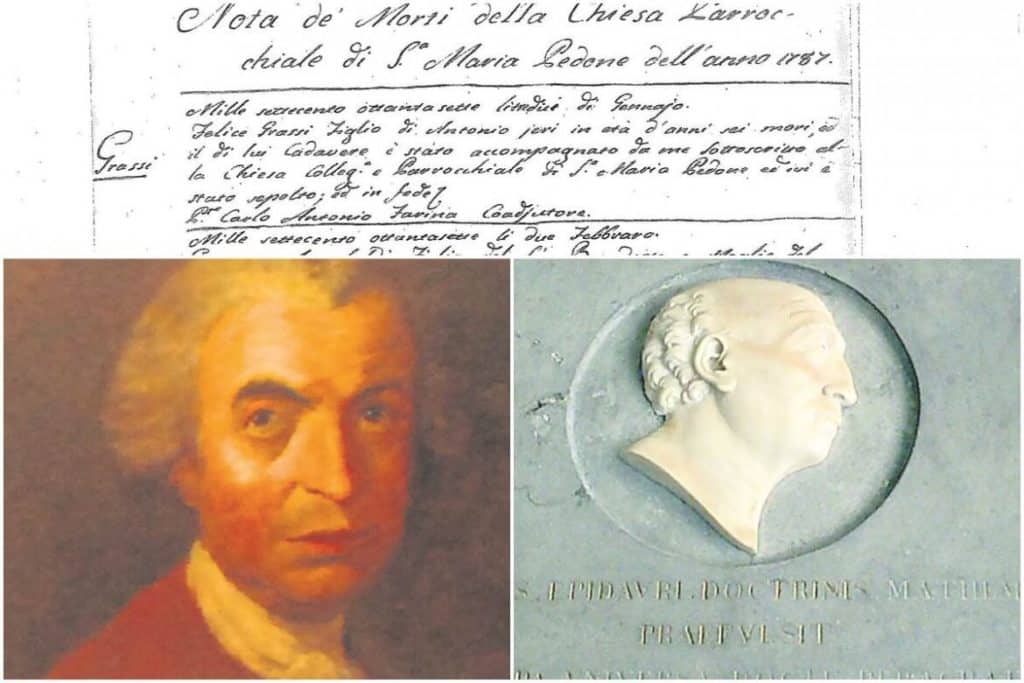
Boskovic produced a precursor of atomic theory and made many contributions to astronomy. These included the first geometric procedure for determining the equator of a rotating planet from three observations of a surface feature and for computing the orbit of a planet from three observations of its position. In 1753 he also discovered the absence of atmosphere on the Moon.
Darko Pervan and laminate flooring
Sweden is the European king of home furnishings thanks to IKEA. So it is perhaps no surprise that the invention of laminate flooring came from Sweden back in the 1970s. But the man who invented it was Swedish Croat, Darko Pervan.
Diazepam and other tranquilisers from Leo Sternbach
Croatia has a rich health tourism tradition, and indeed, organised tourism in Europe began in 1868 with the founding of the Hvar Health Society.
Opatija is also a magnet for health tourism, and so it is perhaps no surprise that Opatija also plays an important role in drug development. For Opatija was the birthplace of one Leo Sternbach in 1908.
Sternback would go on to earn global recognition as the man who discovered benzodiazepines. These include Diazepam, Benzodiazepine, Chlordiazepoxide, Flurazepam, Nitrazepam, Clonazepam, Flunitrazepam, and Trimetaphan camsilate. He died in 2005. Another Croatian inventor is related to the discoveries in this field of pharmaceutical discoveries: Franjo Kajfež held many patents for the synthesis of those compounds, and he even bacame a minister in Croatian government!
Freedom! Abolition of slavery in Dubrovnik and Korcula
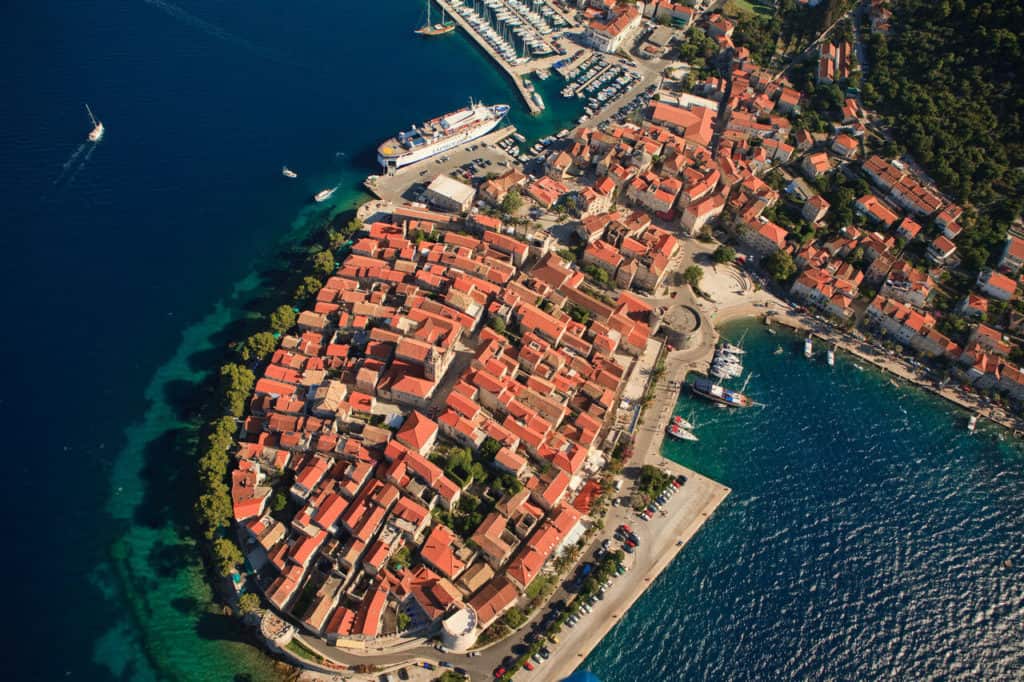
Croatia has contributed so many things to the world, but perhaps none more surprising than the abolition of slavery. It is more than 600 years since the Dubrovnik Republic abolished slavery, but a Croatian island beat them to first place. That honour falls to the island of Korcula some 200 years earlier.







